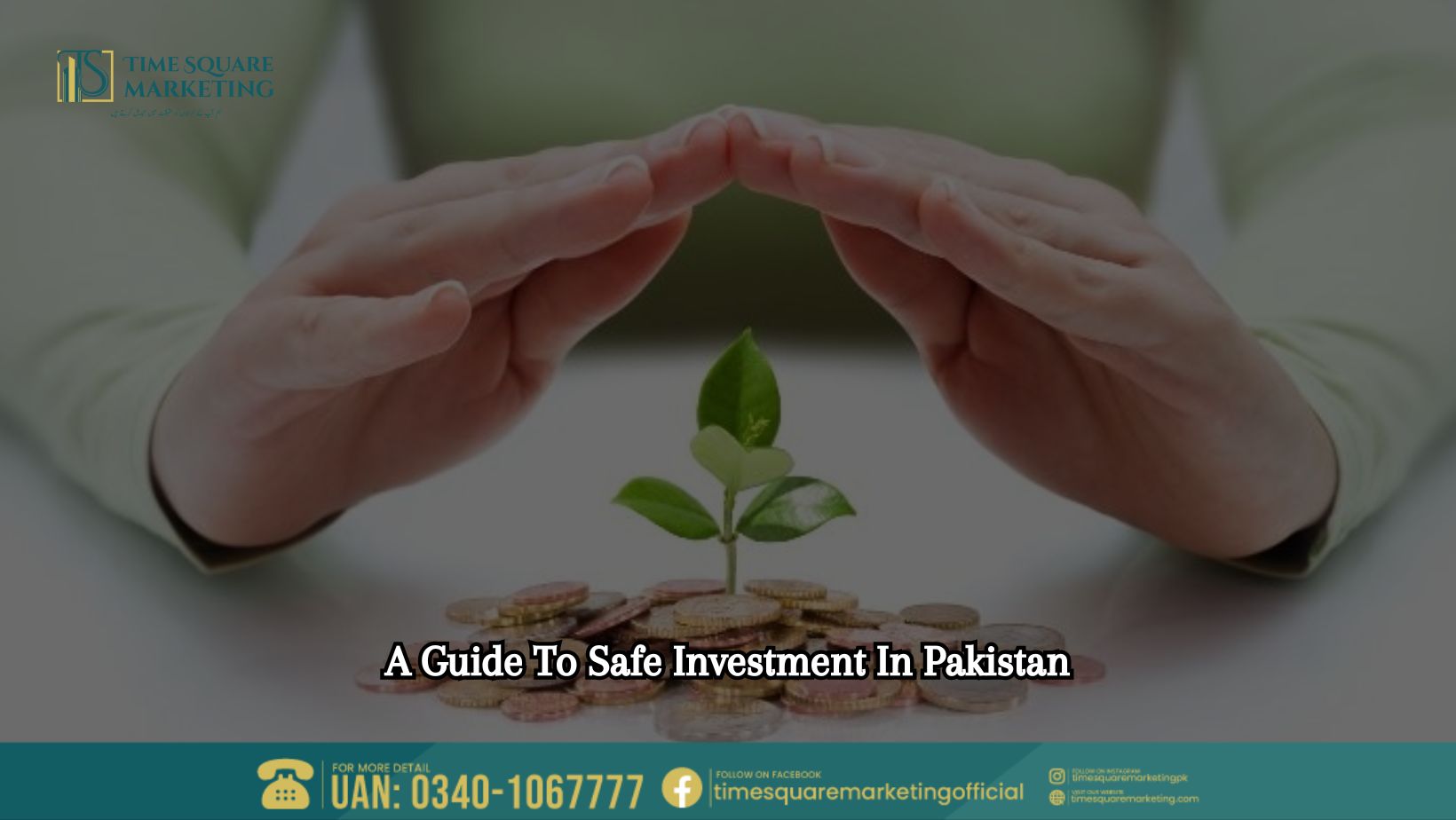As global markets continue to evolve, savvy investors are increasingly looking towards emerging economies for attractive investment opportunities. Pakistan, with its diverse economic landscape and a rapidly growing population, has become an enticing destination for those seeking profitable and safe investment avenues. However, like any investment venture, understanding the local market dynamics, risks, and regulatory environment is crucial. In this comprehensive guide, we will explore the key factors and strategies for making successful and safe investment in Pakistan.
Understanding the Pakistani Economy
Before diving into investment opportunities, it’s essential to grasp the economic fundamentals of Pakistan. The country boasts a mixed economy with agriculture, manufacturing, and services sectors playing pivotal roles. Over the past decade, Pakistan has experienced steady economic growth, driven by factors such as a burgeoning middle class, infrastructure development, and increased foreign direct investment.
Macro-economic Indicators
To assess the stability and potential of any economy, investors should closely monitor key macro-economic indicators. In Pakistan, these include GDP growth rates, inflation rates, and the fiscal and monetary policies implemented by the government and central bank. A stable and growing economy provides a favorable environment for investments.
Demographic Dividend
Pakistan’s large and youthful population is a significant asset for investors. With a median age of around 23 years, the country has a vast labor force and a rapidly expanding consumer base. Investments in sectors catering to the needs of this demographic, such as education, healthcare, and technology, can yield substantial returns.
Investment Opportunities in Pakistan
Real Estate
The real estate sector in Pakistan has witnessed robust growth in recent years. Urbanization, population growth, and government initiatives like Blue World City, Naya Pakistan Housing Program have fueled demand for housing and commercial properties. Investors can consider real estate development projects, property management, or real estate investment trusts (REITs) to capitalize on this thriving market.
See Also: Blue World City Islamabad
Technology and Startups
Pakistan’s technology sector has gained momentum, with a burgeoning startup ecosystem. Investments in technology-driven companies, especially those focused on e-commerce, fintech, and software development, present significant growth potential. Government incentives and a young, tech-savvy population further support this sector’s expansion.
Energy Sector
Pakistan is actively working towards overcoming its energy challenges, presenting opportunities in the energy sector. Investments in renewable energy projects, such as wind and solar power, not only contribute to sustainability but also benefit from government initiatives to diversify the energy mix.
Consumer Goods and Retail
With a rising middle class, consumer goods and retail sectors are experiencing heightened demand. Investments in well-established consumer brands, retail chains, or distribution networks can tap into the purchasing power of an increasingly affluent population.
Navigating Regulatory Environment and Risks
Legal and Regulatory Landscape
Understanding the legal and regulatory framework is crucial for safe investments. Investors should be aware of foreign investment regulations, tax policies, and any legal hurdles that may impact their ventures. Consulting with local legal experts can provide valuable insights into navigating these complexities.
Political Stability
Political stability is a key factor influencing investment safety. Periods of political uncertainty can lead to fluctuations in the market and impact investor confidence. Staying informed about the political climate and its potential implications on the business environment is essential for making informed investment decisions.
Currency Risk
Currency fluctuations can pose a risk to foreign investors. Keeping a close eye on exchange rates and employing hedging strategies can help mitigate currency risk. Additionally, diversifying investments across different sectors and asset classes can provide a buffer against economic uncertainties.
Conclusion
Pakistan’s growing economy, coupled with a youthful population and government initiatives, presents promising opportunities for investors. However, success in the Pakistani market requires a thorough understanding of the economic landscape, identification of lucrative sectors, and a keen awareness of regulatory nuances and potential risks. By combining prudent research, strategic planning, and a proactive approach to risk management, investors can navigate the Pakistani market with confidence, making safe and profitable investments in this dynamic and evolving economy.









